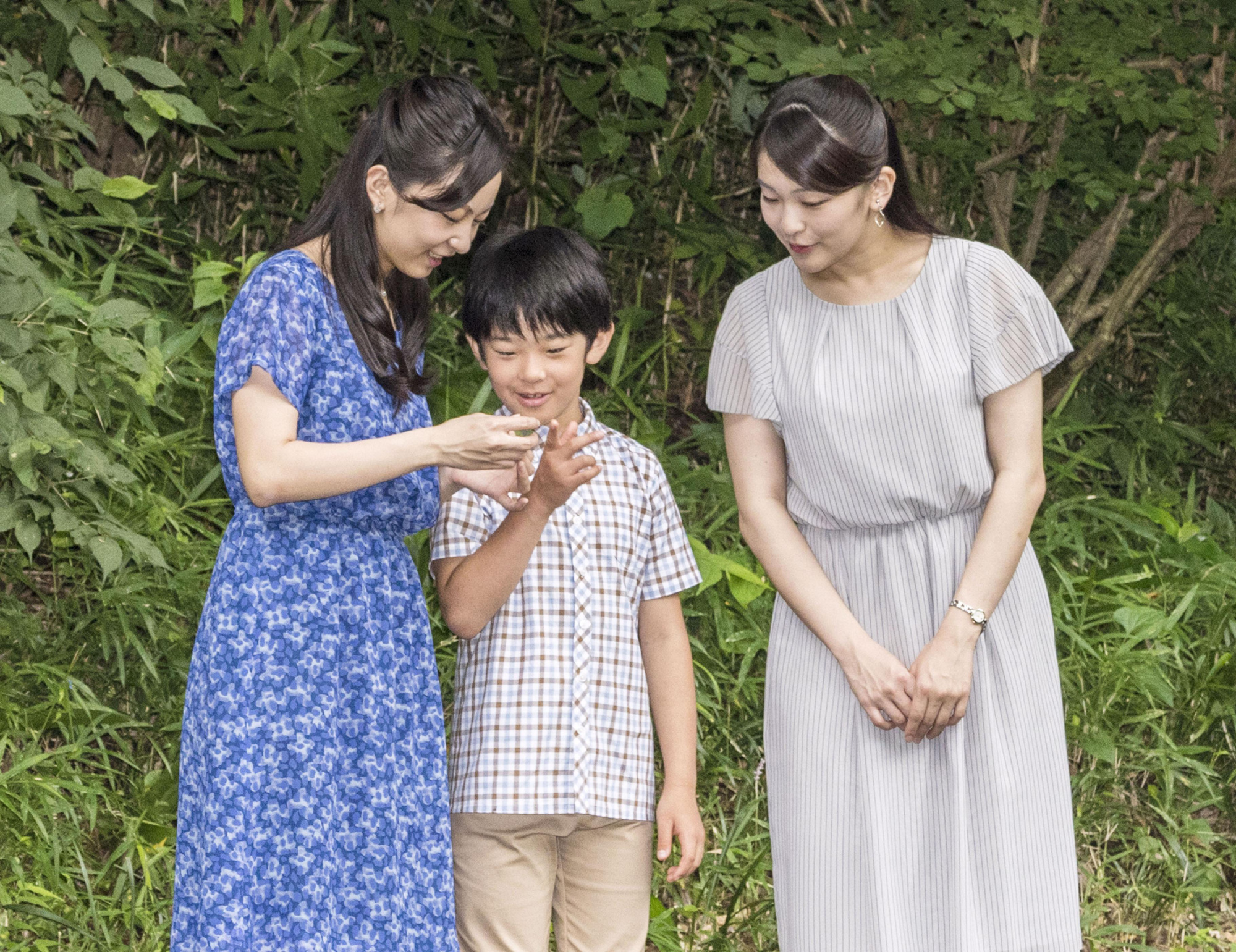Once upon a time there was a husband and a wife who had three boys. The first one was called 太郎 (Tarō; literally, "big boy"), the second one 二郎 (Jirō, "second boy"), and the third one 三郎 (Saburō, "third boy"). Although all three of them had a happy childhood, young Jirō never could quite understand why their parents had given them such commonplace names. And so when the time came to have his own children — two boys and a girl — he called them 伊作 (Isaku, Isaac), 麗王 (Reiō, Leo), and 恵令奈 (Erena, Elena).
This is not the beginning of a Japanese fairy tale a la "Peach Boy" 桃太郎 (Momotarō), but a true story, recounted to me years later by one of Jirō's kids. I'm divulging it here because it recaptures in a nutshell a few general characteristics of Japanese name-giving practices.
The most comprehensive source with respect to given names is the annually updated ranking by the Meiji Yasuda Life Insurance Co. (www.meijiyasuda.co.jp/enjoy/ranking) The database offers various categories, including a chronological overview of the top 10 names for boys and girls from the present back to 1912.



